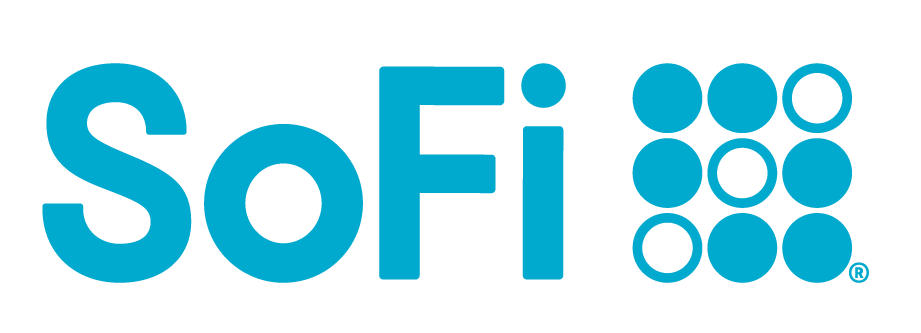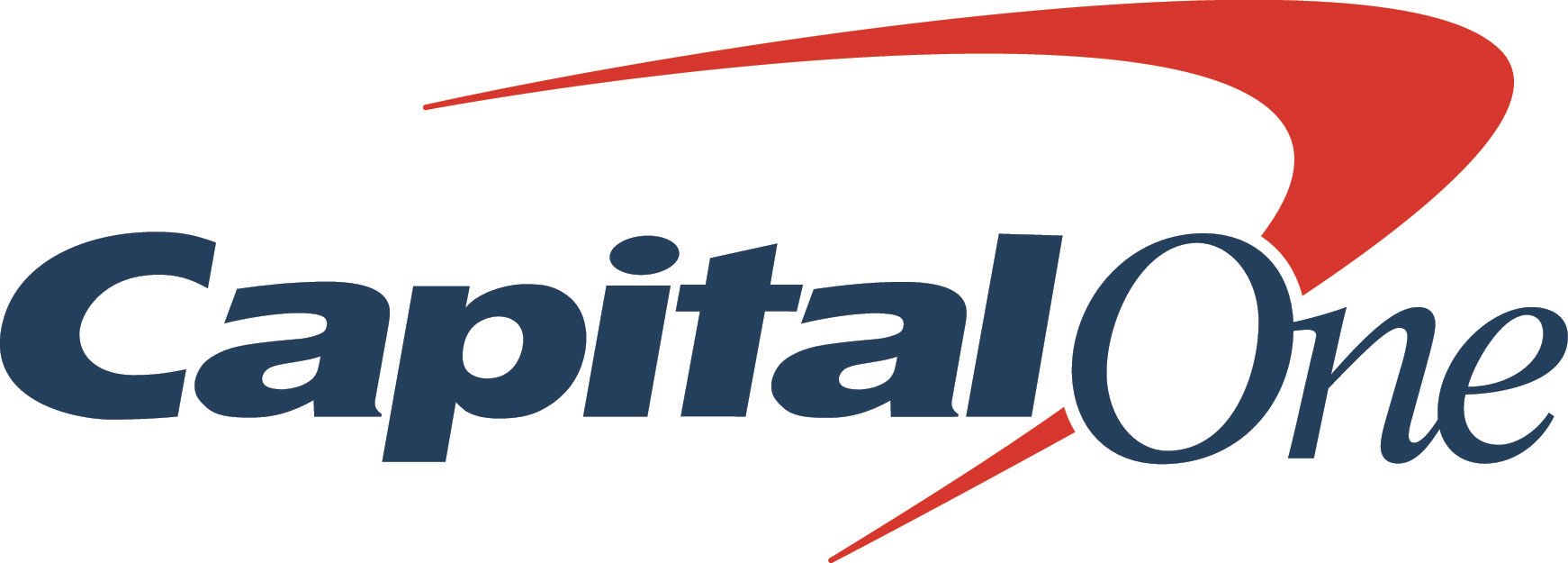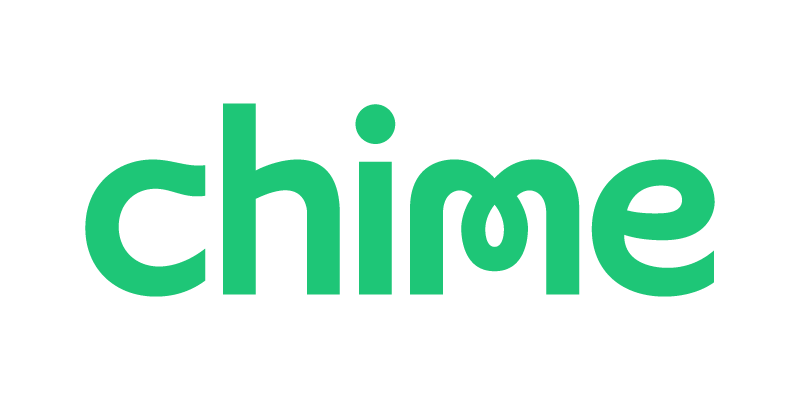What Is a Checking Account?

Many or all of the products featured here are from our partners who compensate us. This influences which products we write about and where and how the product appears on a page. However, this does not influence our evaluations. Our opinions are our own. Here is a list of our partners and here's how we make money.
Checking accounts are used for day-to-day cash deposits and withdrawals. They are offered by banks and credit unions, and you can access your money with a debit card, through online transfers or by writing checks.
Here’s a closer look at checking accounts, plus some tips on how to select the right account for you.
What is a checking account used for?
Checking accounts are all-purpose places to keep money for short- to medium-term financial needs. Your employer can directly deposit your paychecks in the account, you can link it to payment apps like Venmo and PayPal, you can make wire transfers and mobile check deposits, you can pay bills from it and more. Checking accounts are a building block to manage your money and make financial tasks easier.
» More from NerdWallet: Compare peer-to-peer payment apps
What’s the difference between a checking account and a savings account?
Checking accounts typically come with personal checks and a debit or ATM card. Savings accounts aren’t meant to be used for daily payments, so they don’t come with debit cards or check-writing abilities. Though you can use checking accounts for check writing, you'll probably use a debit or ATM card to access the money in your account more often.
Checking accounts tend to have lower interest rates than savings accounts. Savings and money market accounts typically have higher interest rates. Certain providers, typically online-only financial institutions, offer checking accounts with higher interest rates than checking accounts at brick-and-mortar banks.
» Want a good interest rate? Check out NerdWallet's picks for best high-interest accounts

Member FDIC
SoFi Checking and Savings

0.50%
$0

Member FDIC
Capital One 360 Checking

0.10%
$0

Member FDIC
Discover Cashback Debit

N/A
$0

Deposits are FDIC Insured
Chime Checking Account

N/A
$0
Types of checking accounts
Online checking. These accounts are best if you want low or no fees and you don't need branch access.
Rewards checking or high-interest checking. You'll want to consider these accounts if you're looking to make some money back on your account and are willing to meet some requirements.
Student checking or teen checking. These accounts are good for young adults who are younger than 18 and/or are enrolled in high school, college or a vocational school.
Second chance checking. Second chance checking accounts are designed for people who have had a history of problems with their banking, such as not paying overdraft fees. These accounts usually come with monthly fees, but they can be useful for people who otherwise have difficulty opening a bank account because of a record with a consumer reporting agency like ChexSystems.
Premium checking. Premium checking accounts typically require a high minimum balance and come with money management features and special customer service offerings.
Senior checking. Senior checking accounts are designed to appeal to customers who are 55 and older. They typically offer ways to waive fees and may also offer perks such as free personal checks and money orders.
Business checking. If you’re a business owner, you may want to take advantage of the benefits that are offered with business-specific checking accounts.
Common checking account fees
Fees can put an unnecessary dent in your pocket. Here are some to be aware of:
Monthly maintenance fees. Some providers will waive the monthly fee if you meet certain criteria, such as keeping a minimum balance or setting up direct deposit. Read the fine print before opening an account.
» Want to avoid monthly fees? Take a look at the Best Free Checking Accounts
Overdraft fees. These fees are charged when you spend more than you have in your account and choose to enroll in a feature called overdraft protection. These fees can be expensive; some banks charge $30 or more per overdraft and can charge that fee multiple times per day.
» Want to see what banks charge? Compare overdraft fees by bank
How to choose a checking account
Here are some features to consider before opening a new checking account:
Look for low or no fees and a low or no minimum balance. The best checking accounts don’t charge fees or require high minimum balances.
Check for a broad ATM network. If you anticipate that you’ll need to deposit and withdraw cash on a regular basis, you’ll want to look for an account at an institution that has a network of ATMs that you can access.
See if the account has an interest rate. Most checking accounts have low or no interest, but you may find an account that offers a good rate.
Look for sign-up bonuses. Some providers will give you money for opening an account with them: Here are the best bonuses this month. You shouldn’t pick an account based solely on a promotion, but it could help you decide between two otherwise comparable options. However, note that bonuses are taxable and that you may need to meet certain requirements to qualify for a bonus.
Consider credit unions, online banks and nonbank financial service providers as well. These institutions can have certain advantages that traditional brick-and-mortar banks might not. Online providers tend to have low or no fees, high interest rates and user-friendly mobile banking capabilities. Credit unions often focus on providing good customer service and higher interest rates than traditional banks.
How to open a checking account
Once you’ve chosen a bank that seems like it will meet your needs, go through the bank’s process of applying for a new account.
You’ll need some important information and documents on hand, such as proof of identification or your Social Security number.
» For more details: Here's how to open a bank account
After you’ve opened a new account, you may want to set up some of your account features to more easily manage your finances. That may include signing up for direct deposit and online payments, and scheduling automatic transfers to your savings account to shore up your emergency fund. These features and more will make you happy you found a place to park — and make use of — your cash.
On a similar note...









